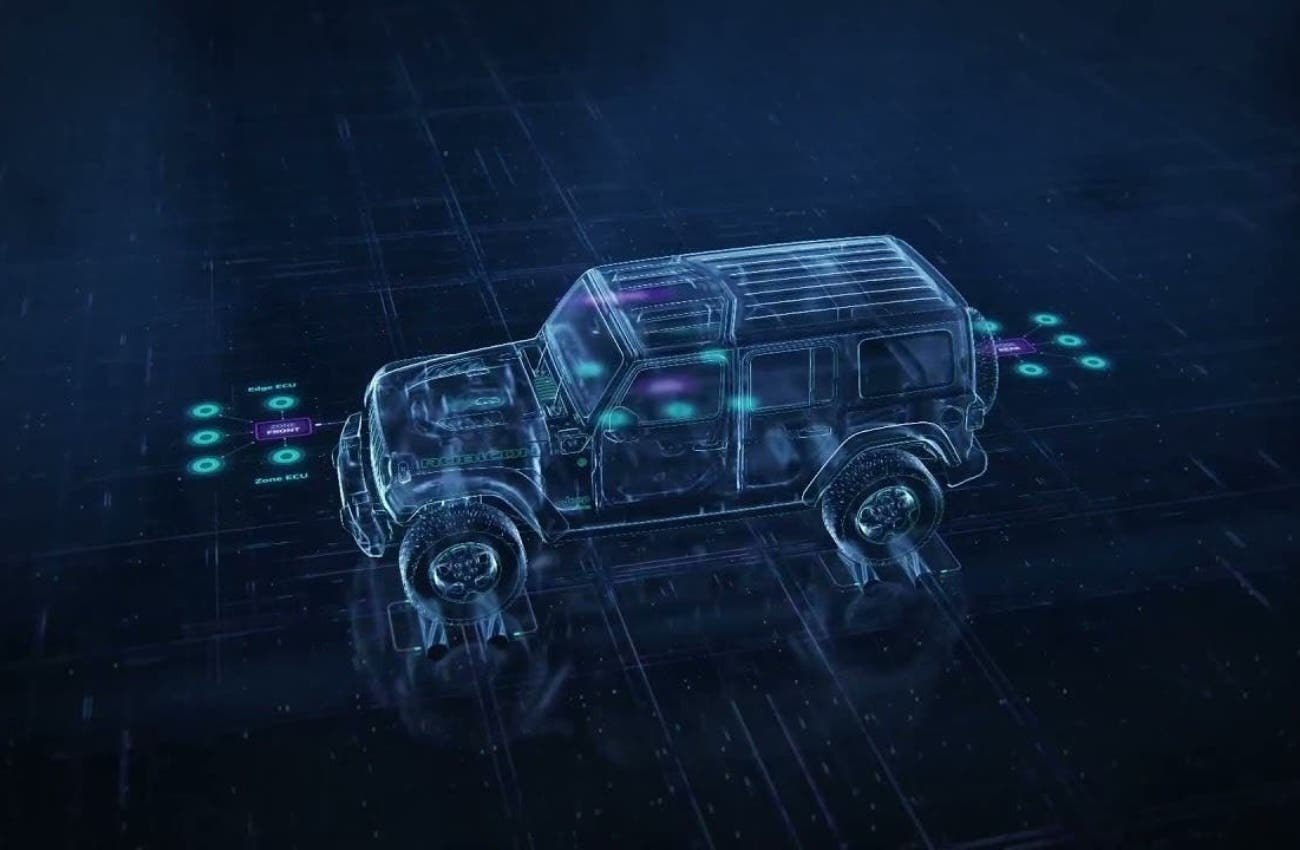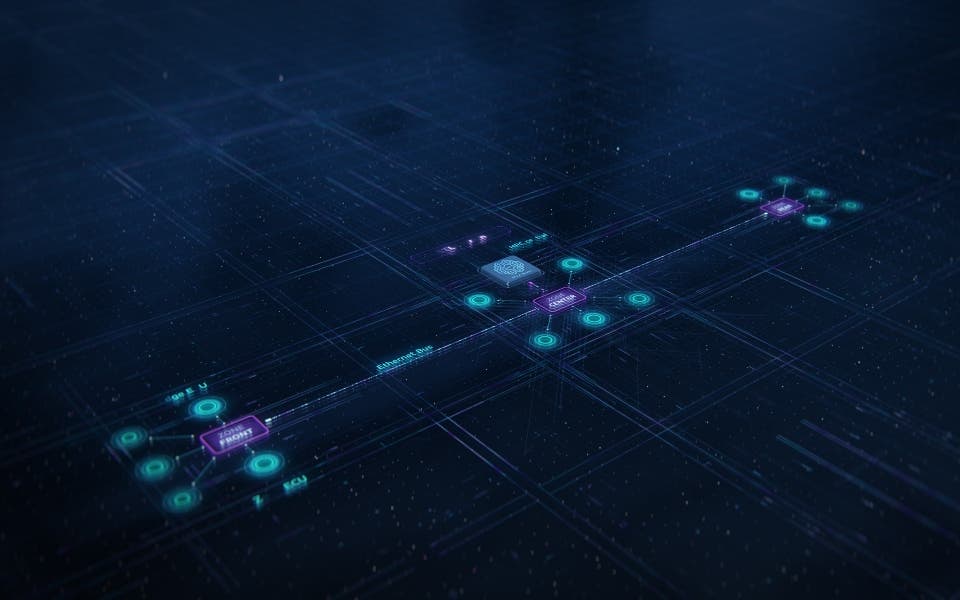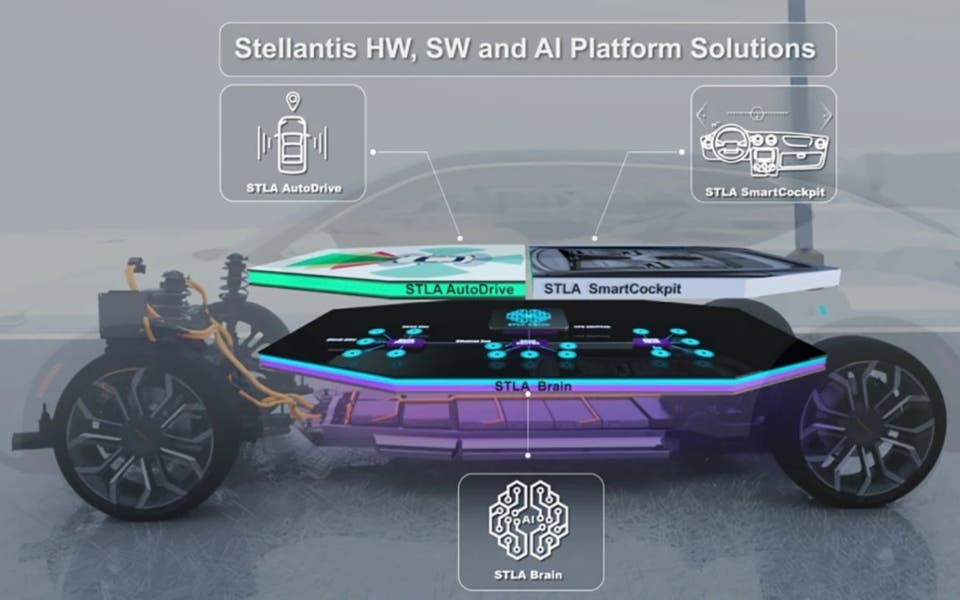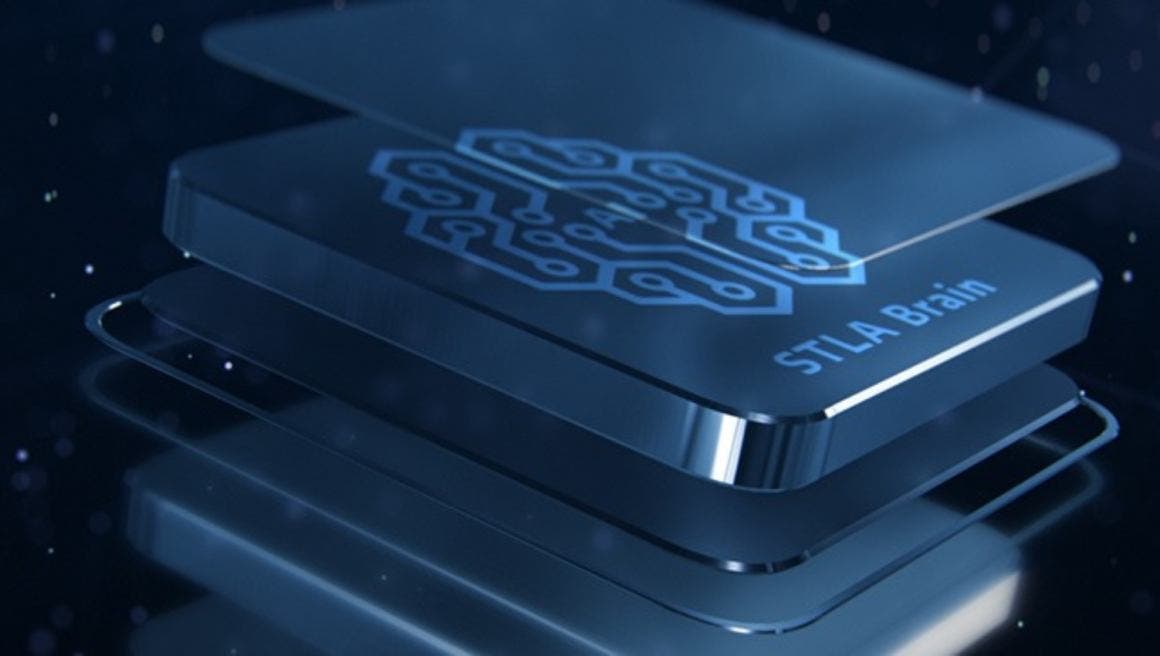The Stellantis Group has released another major piece of news by presenting it to the market. So here it is finally showing us its new innovations of advanced assisted driving functionality. The Group, accelerating toward the development of its Level 3 autonomous driving system, AutoDrive, aims to make it available on 2025 models in the United States. Here’s what it looks like and which select models the features presented
Stellantis talks about its STLA Brain and its AutoDrive assisted driving
Stellantis has made significant progress into the next step toward future mobility with the introduction and market introduction of the Level 3 Hands-free Active Driving Assist (HFDA) autonomous driving system. It has done so by equipping the system on a number of new models. Some selected models are the new 2024 Grand Cherokee and Grand Cherokee L.
But how does this new technology work? Explaining it in a simple words, this advanced technology enables hands-free driving at any speed, providing a more responsive and safer driving experience that is equally comfortable. In addition, it is approved for lane changes when the driver gives the command by activating the turn signal. Obviously, however, HFDA works on suitable and approved roads.

In a more technical way explaining it further, at the heart of this innovation is STLA Brain: this is a powerful data processing system that serves as the “brain” of the entire AutoDrive operation. With its ability to process immense amounts of information from the vehicle’s sensors, STLA Brain is able to analyze immense amounts of information from the vehicle’s sensors in real time, adapting to different driving conditions. This of course ensures maximum safety and comfort on board.
A key aspect of AutoDrive is the expansion of autonomous driving time without driver intervention. The goal for Stellantis engineers is to increase the amount of time between required “takeovers” from 10 to 40 minutes, clearly outpacing competing systems. In fact, AutoDrive represents a significant evolution from systems currently available on the market, such as Ford’s BlueCruise and GM’s Super Cruise. The revolutionary characteristic will enable drivers to enjoy more relaxed and safer journeys, especially on long highway journeys or in heavy traffic situations.

For its groundbreaking system, Stellantis has chosen to use Qualcomm chips, differentiating itself from other manufacturers who opt for Nvidia solutions. This is a strategic and targeted choice to ensure maximum reliability and efficiency of its autonomous driving system. The Stellantis Group has been working to implement the most advanced and high-performance technologies, and the upcoming presentation of AutoDrive to analysts is another step forward in their strategy. This opportunity will provide an in-depth look at the technical features of the system, illustrating its revolutionary potential in the driver assistance landscape.

And when will Stellantis’ Level 3 autonomous driving system be available? The exact date has not yet been made official. According to Ned Curic, head of engineering and technology at Stellantis, the software platforms behind the system will be ready by the end of 2024. The first vehicles equipped with the technology will then presumably arrive between late 2024 and early 2025. AutoDrive is expected to arrive in the United States in 2025 models.
We remain pending for official notifications coming from the automaker to get a final launch date and see if this new system will be a success of pure innovation and free driving.

